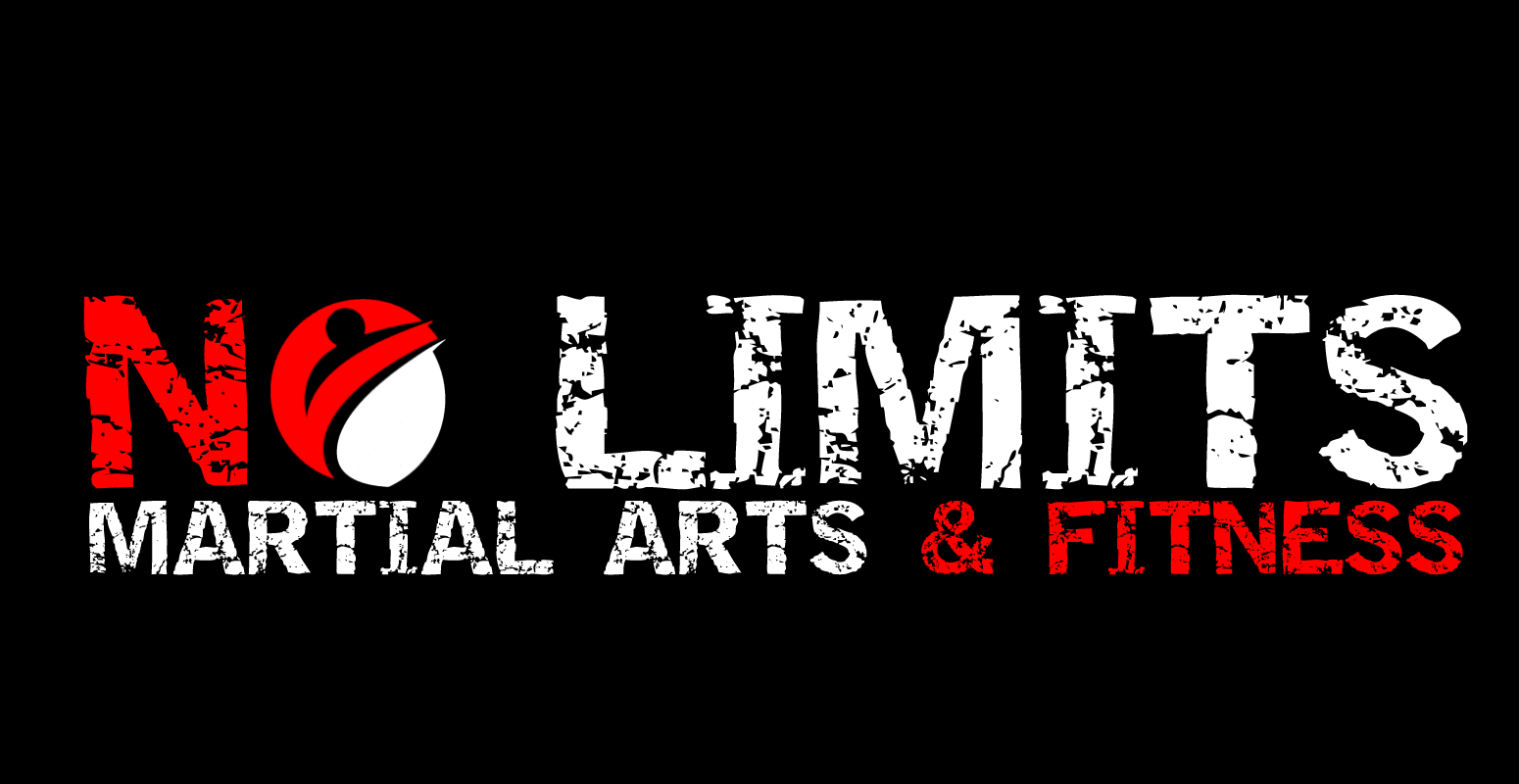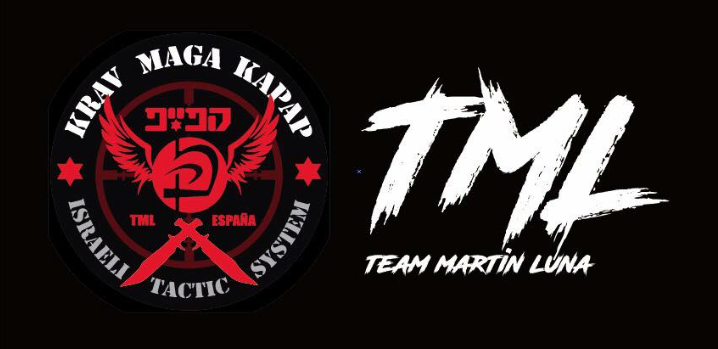The history of Krav Maga - a masterful self-defence system...
Krav Maga is based on our most primitive and natural human instincts. The Hebrew word “krav” translates to “struggle” and was first used in the Old Testament when Isaac wrestled with Gabriel, the angel of death. Although a vast number of Krav Maga building block techniques have existed for thousands of years, the more modern self-defense system that we know today was developed and fine-tuned during the second World War and Israel’s War of Independence.
Born in 1910 in Budapest, Hungary, Emerich “Imi'' Lichtenfeld (Sde-Or), grew up in Bratislava, Czechloslavakia. His father, Samuel Lichtenfeld, joined a professional circus troupe, and he quickly became highly skilled in both wrestling and boxing. Whilst developing his great understanding in fitness training he also spent time learning wrestling, boxing, and mixed-skill fighting, Samuel joined the Czech police as a detective and led the force in arrests.
Samuel founded and ran his own wrestling club and gym, “Hercules.” It was at this dojo that he trained Imi and other young athletes. Very quickly, Imi showed great promise and became a champion in judo, boxing, wrestling, gymnastics and, believe it or not, ballroom dancing, among other athletic pursuits. What’s more, Imi also became a world-class gymnast.
In 1935, Imi visited Palestine with a team of Jewish wrestlers. Whilst there, Imi and his team competed in the Jewish Maccabi sports convention. Sadly, it was at this event that Imi suffered a fractured rib whilst training, meaning that he wasn’t able to complete. This accident led to Imi’s fundamental training principle, quite simply, “don’t get hurt.” Imi quickly concluded that only real necessity justifies a “win at all costs” approach. These two tenets eventually merged to create Imi’s krav maga training approach.
Upon his return to Czechloslavakia, Imi noticed increasing anti-Semitic violence had taken ahold as Nazi hatred infected Slovakia. It quickly became fact that Jews were increasingly victims of near-constant violence and Imi felt that he must do something to help protect the Jewish community. Imi quickly learned the vital differences between sport martial arts competition and street fighting - a tough lesson, but one that helped him to form the foundations of what we know today as krav maga. While serving on the front lines to protect his community, these foundations were built upon as Imi began to combine natural movements and reactions with immediate and decisive counterattacks.
The community self-defense activities didn’t go down well with the fascist Nazi occupational authorities, and Imi quickly became a wanted man. Nazi intolerance soon quickly reached a crescendo as the Germans began their systematic extermination of European Jewry. In May 1940, the Beitar Zionist Youth movement invited Imi to join them as they set sail, bound for Palestine.
Upon reaching the Aegean Sea, the boat’s (Pentcho) engines failed, grounding all aboard on a desolate island. Imi and three other refugees took hold of a life boat and rowed for three days. Imi had unfortunately secepted to an ear infection which gradually worsened and became life-threatening. A British airplane spotted them and summoned a British warship to rescue the small crew. After receiving vital medial treatment for his ear-infection, Imi enlisted in the British supervised Free Czech Legion. After exemplary military service in the Middle East, Imi was released from the British Army following the German Afrika Korp’s defeat at El Alamain in 1942. Imi was granted permission to remain in British-ruled Palestine. His friends then introduced him to the leaders of the Zionist community’s defense organizations. Although Imi escaped to Palestine, his family remained behind. They all died during the war.
It didn’t take long for Israel’s leaders to recognise Imi’s highly effective fighting abilities, his innovativeness in the combat arena, and his ability to impart this training onto others. Imi began training the local elite fighting units - known as the Palmach, the Palyam (marine fighting units), and the Hagana. These units later merged to become the “Zahal,” or Israeli Defense Force (IDF). This training included fighting fitness, obstacle training, bayonet tactics, sentry removal, knife fighting, stave/stick fighting and any other military-oriented problems that required a creative solution.
In 1948, Imi became the principal authority in close-quarters-combat for the IDF. He was placed in charge of training a disparate group of soldiers that ranged greatly in shape, size, and ability. Moreover, many of these soldiers did not speak the same language - but Imi was never one to back down from a challenge.
Imi knew that he needed to develop a self-defense combat system that would work for not only spry eighteen-year-olds and elite fighting troops in prime physical condition, but also for middle-aged and graying reserve soldiers. His system needed to be one that soldiers could learn quickly, during their 3-week-long basic training, whilst also being one that worked, and could be applied to any situation at any time intuitively and without hesitation.
[Source: Israeli Krav Maga]


